EXECUTIVE SUMMARY
October 2019 — This study provides an update of the Contribution of Agriculture to the Wisconsin Economy undertaken by Deller (2014) using data for 2017, the most current available. Despite currently weak commodity prices, particularly within dairy, agriculture (defined to include on-farm activities, food processing, forestry and horticulture) remains an important part of the Wisconsin economy. In 2017, all of agriculture contributed $104.8 billion to industrial sales (revenues), up from $88.3 billion in 2012, 437,700 jobs, an increase of about 24,000 jobs from 2012, $22.5 billion in labor income (wages, salaries and proprietor addition, the economic activity associated with agriculture generated some $2.9 billion to state and local government revenues. While part of this increase in the three monetary measures (sales, labor and total income) can be attributed to inflation (6.7% between 2012 and 2017) the increases in the contribution of agriculture are greater than the rate of inflation (15.7% for industry sales, 17.2% for labor income, and 20.0% for total income).
- “All agriculture”, combined on-farm and food processing, contributes $104.8 billion to industrial revenues (16.4% of the state total), 435,700 jobs (11.8%), $22.5 billion to labor income (11.3%),and $37.6 billion to total income (11.6%).
- On-farm activity contributes $22.0 billion to industrial sales or revenue (3.5% of the state total), 154,000 jobs (4.1%), $5.8 billion to labor income (2.9%), and $9.8 billion to total income(3.0%).
- Food processing activity contributes $82.7 billion to industrial sales (13.0% of the state total), 282,000 jobs (7.6%), $22.5 billion to labor income (8.4%), and $37.6 billion to total income(8.6%).
- Dairy, combining both on-farm and dairy processing, contributes $45.6 billion to industrial revenues (7.1% of the state total), 157,100 jobs (4.2%), $9.0 billion to labor income (4.5%) and $15.1 billion to total income (4.7%). Dairy processing accounts for roughly two-thirds of this contribution.
- The economic activity supported by agriculture results in state and local government tax revenues of $2.9 billion, which is roughly 7.4% of “own source revenues”.
- The bulk of the growth in the contribution of agriculture to the Wisconsin economy between 2012 and 2017 is growth in the food processing sectors.
- Foreign exports of agricultural products (on-farm and processing) accounts for $4.9 billion in industry revenue (0.8% of Wisconsin total), 21,539 jobs (0.6%), about $1.1 billion in labor income (0.5%) and $1.8 billion in total income (0.6%). Additionally the economic activity generated by agricultural foreign exports creates $129.7 million in state and local tax revenues.
County Agriculture Impacts
Agriculture is a vital part of the economy in nearly every Wisconsin county, whether urban or rural. Family-owned farms, food processors and agriculture-related businesses generate thousands of jobs and millions of dollars of economic activity while contributing to local income and tax revenues. The economic impact varies from county to county as do the commodities. While dairy is the number one commodity in most counties, other top commodities include grain, poultry and vegetables. Statewide, agriculture is a $104.8 billion industry and provides 435,700 jobs. Information about each county’s top commodities, the number of people employed by agriculture-related businesses and the economic impact is available in these two-page reports.
Please note: county impact reports will be added as information becomes available.
Explore Our Economic Reports
Download Article

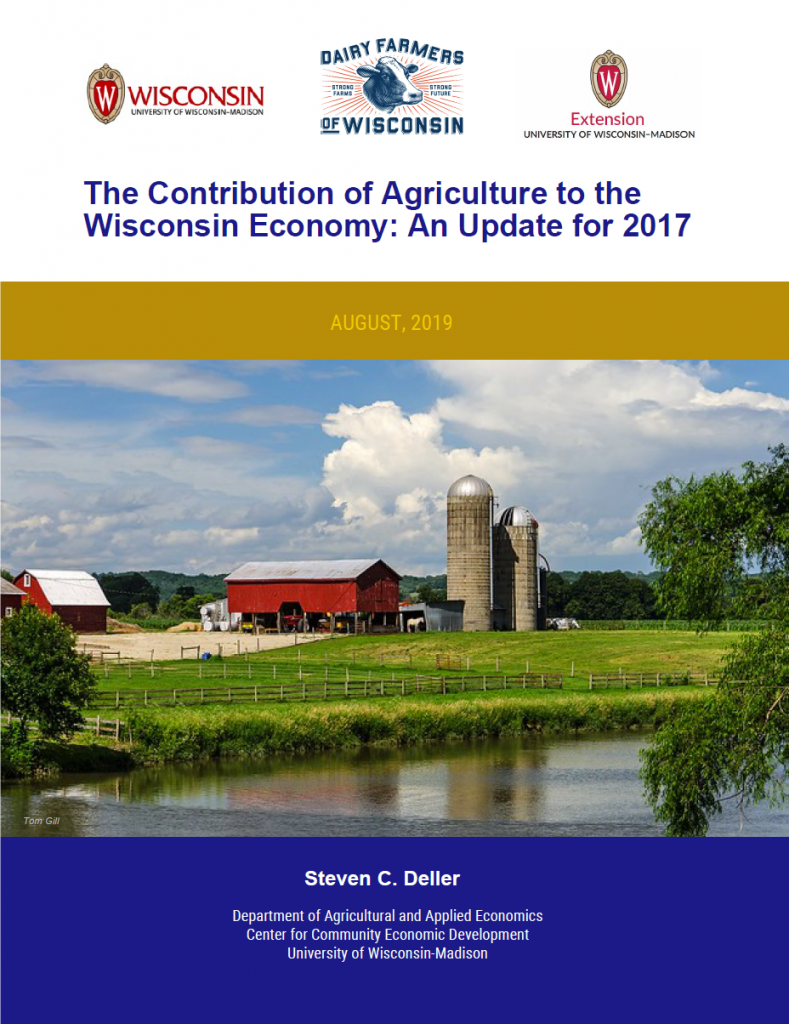
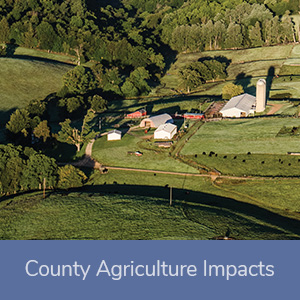



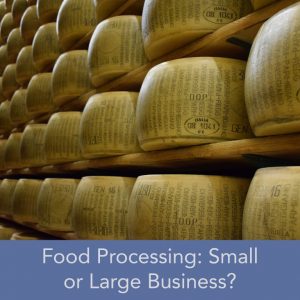

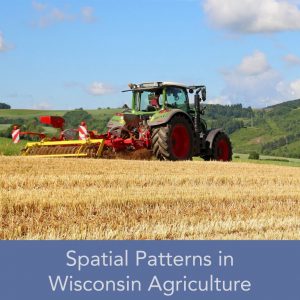

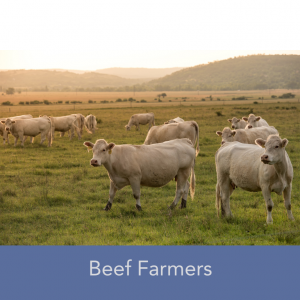
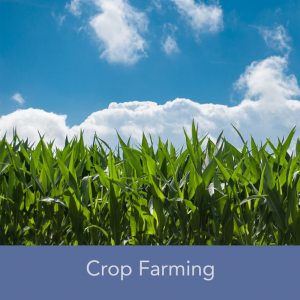

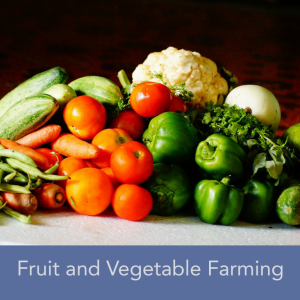

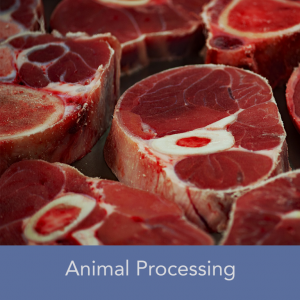
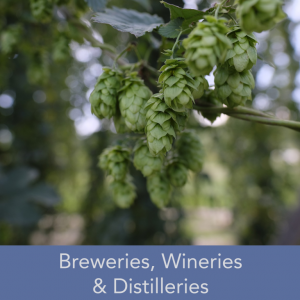
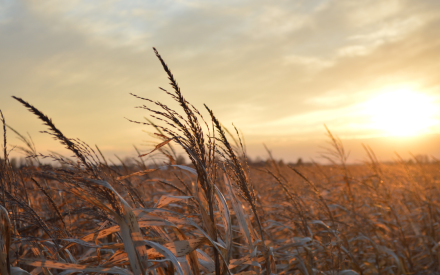 WIndicators: Wisconsin Farming: Insights from the 2022 Census of Agriculture
WIndicators: Wisconsin Farming: Insights from the 2022 Census of Agriculture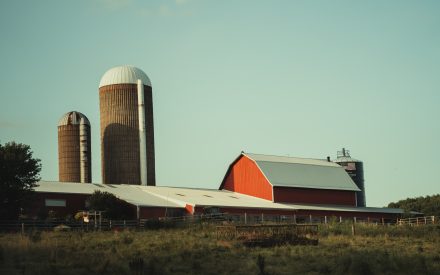 WIndicators Volume 5, Number 3: Farm Household Income
WIndicators Volume 5, Number 3: Farm Household Income What's Next in Wisconsin Broadband, December 2025
What's Next in Wisconsin Broadband, December 2025


